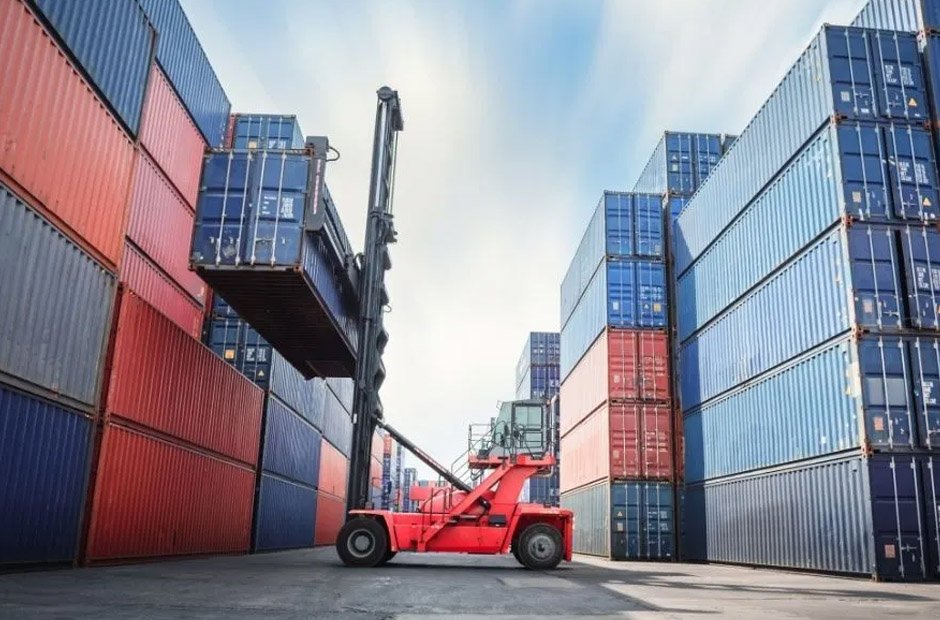Shipping containers used to be just a straightforward solution for getting cargo from A to B while keeping it well protected from salty sea spray. Their simple, durable design also makes them ideal for all kinds of projects, from business and construction projects to personal ones. Whether you’re looking to buy a shipping container for actual shipping or for any other reason, here are the essentials you need to know to choose wisely.
Container Sizes and Dimensions
The size of your container will likely make the biggest difference to the success of your project, whether that’s shipping something to another country or converting it into some kind of functional space. The one dimension that rarely changes is the width, which is usually eight feet. However, containers can be up to 40 feet long and 10 feet tall.
These dimensions affect how easy your container is to transport and place in position, as well as how suitable it is for conversion into the type of space you want to create.
New vs Used Shipping Containers
Because shipping containers are built for durability, the major difference between new and used containers is how they look. So, in contexts where appearances matter, it can be worth buying a new container. These are less likely to have visible signs of wear, such as peeled paint or rust spots.
If you’re converting it into a shop or an office, new is probably better. For storage and shipping, used containers are more cost-effective.
Container Grades and Certifications
Shipping containers for sale are usually accompanied by a grade indicating their condition, and it is definitely worth getting to know what these mean. “New” is obvious, but there’s also “one-trip,” which is like new. “Cargo-worthy” ones are what you need if you plan on actually using the container for shipping cargo.
“WWT” stands for “Wind and watertight,” which means that a container is strong enough to hold up against the elements, but perhaps not strong enough to transport goods. “As-is” containers are often the cheapest, but these tend to be the oldest and most damaged used containers, so they carry a bit more risk. Inspecting the condition is important, regardless of the grade.
Delivery and Placement Logistics
Whether you’re buying containers to improve distribution operations or to provide a functional new space on your property, choosing the right type is just part of the equation. Another problem you’ll have to solve is transporting it to where you need it and having it dismounted from the truck. Often, deliveries involve huge flatbed trucks and cranes. You’ll need to ensure there’s room for these to manoeuvre on your property.
Narrow roads and uneven ground can also create challenges when it comes to placing containers. It’s important to make sure you’ve thought about these issues upfront.
Conclusion
Shipping containers are noted for their convenience and durability, qualities that keep the risks of transporting goods low and which make them suitable for a wide array of projects. However, there are different types, and buying one isn’t as simple as just picking it up off the lot. Considering the factors in this guide will help you find one that’s a great fit for your project.



